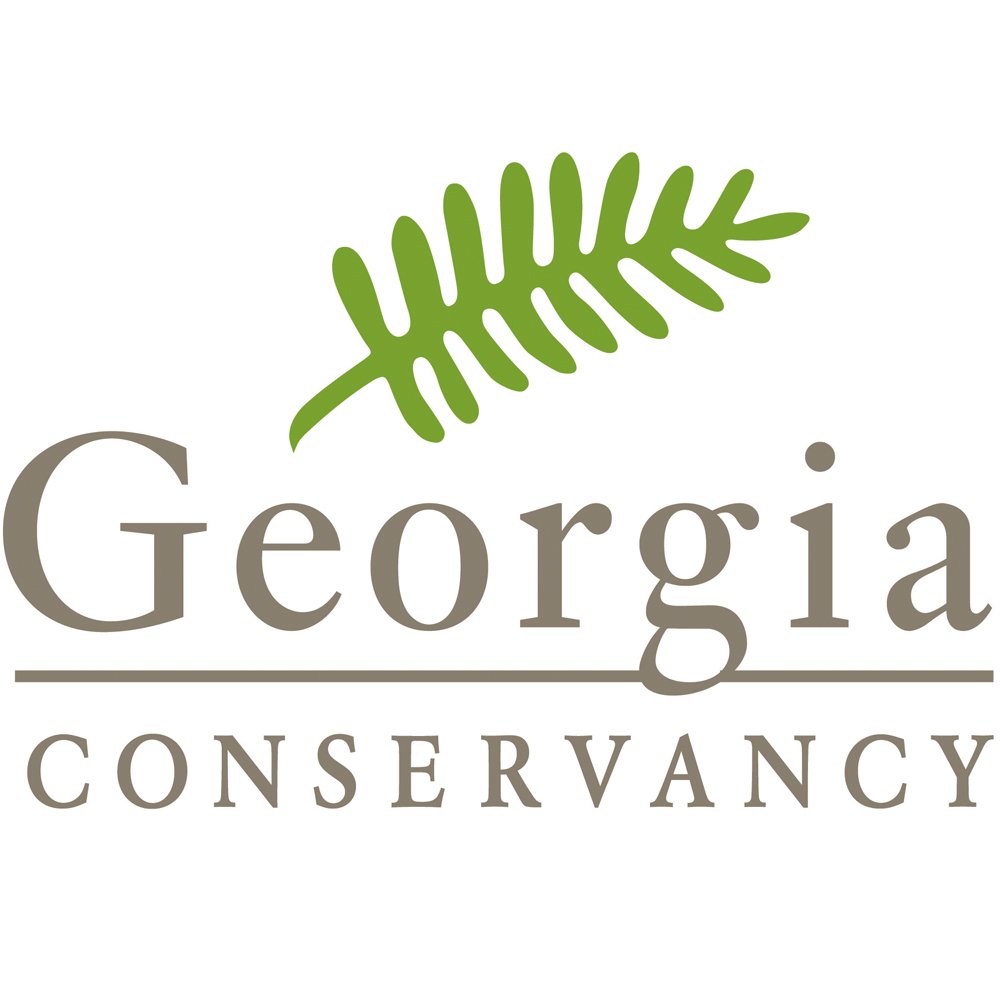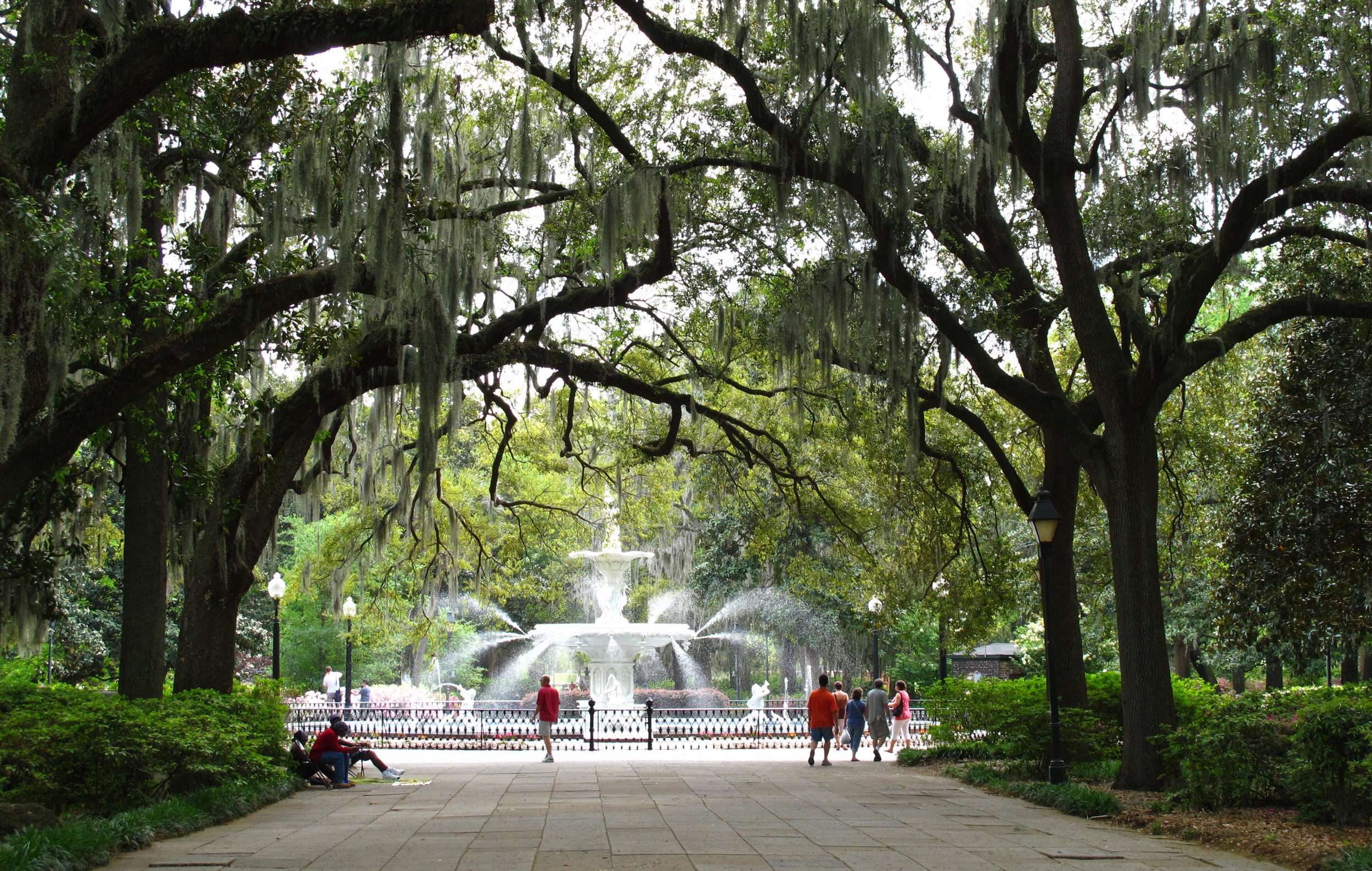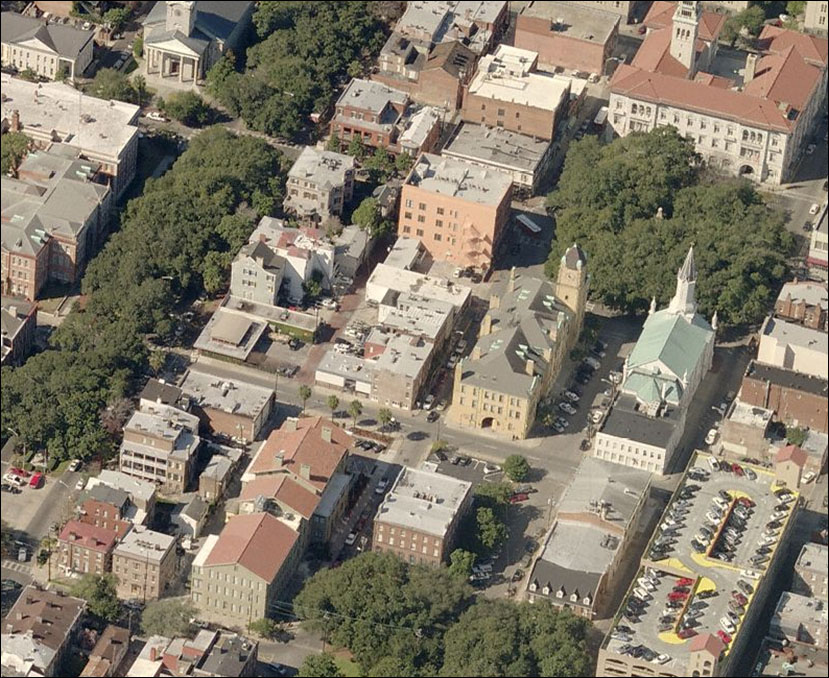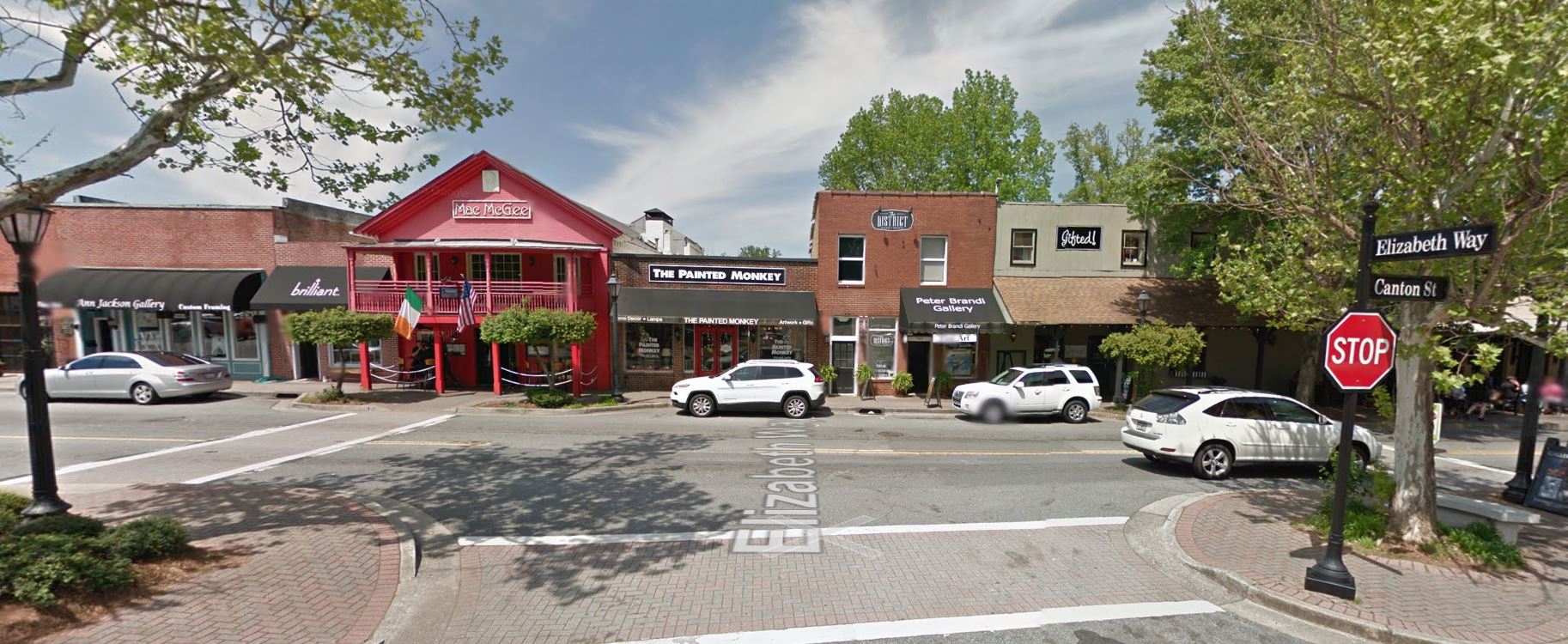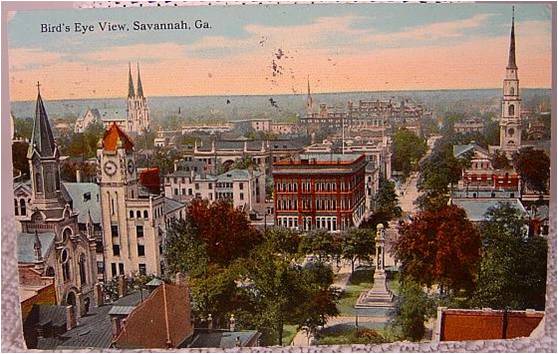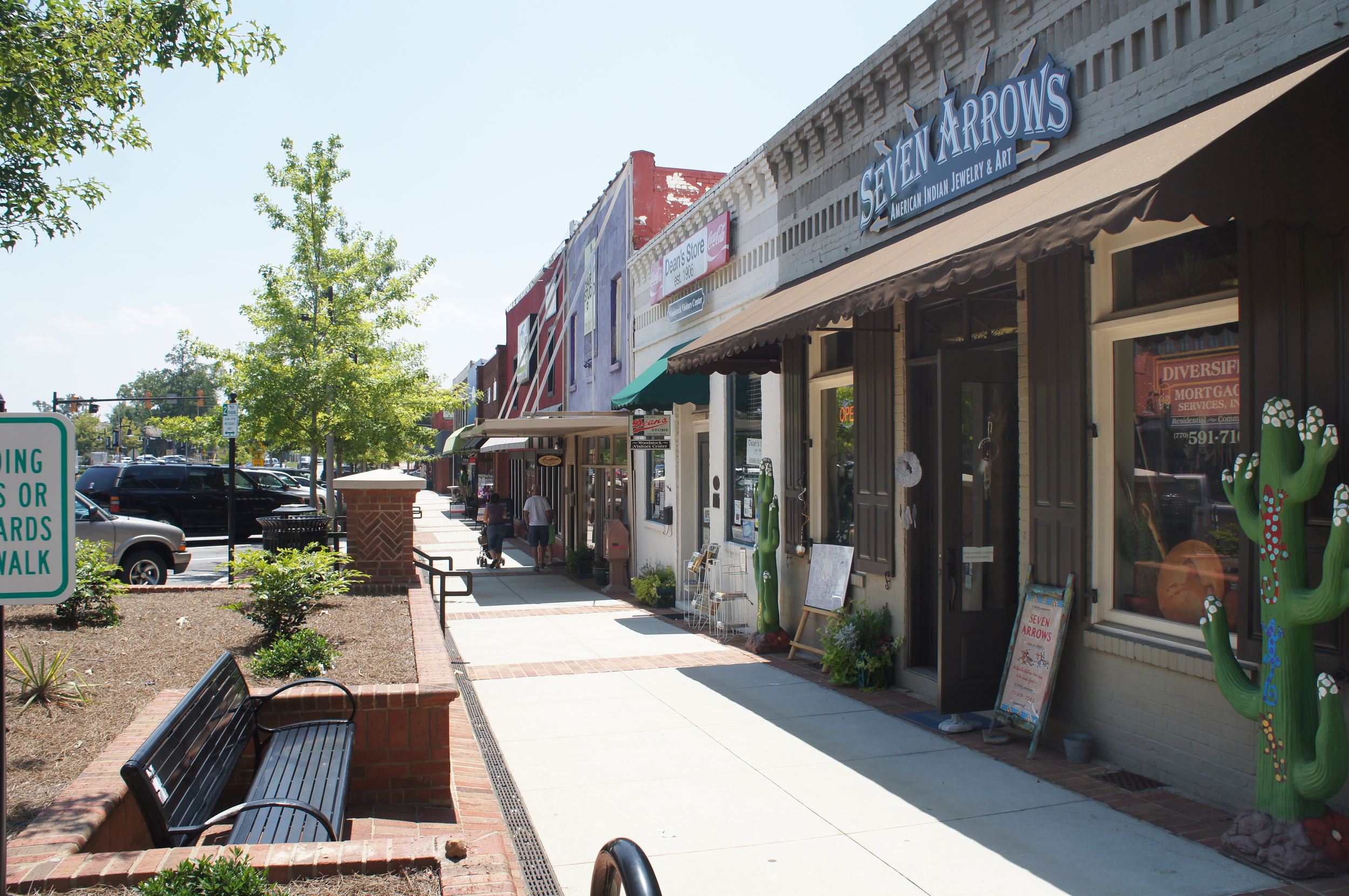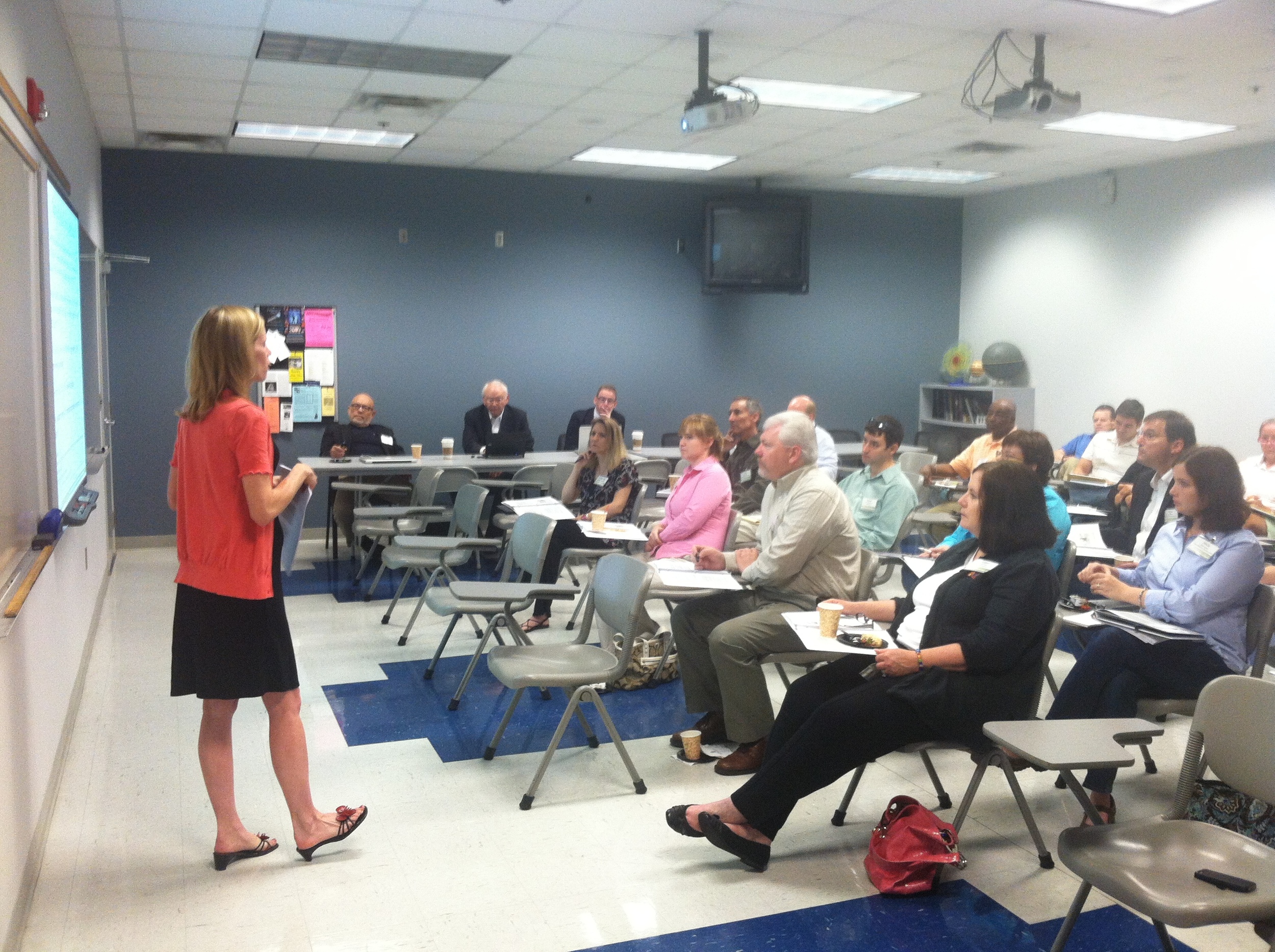Good Urbanism
This popular smart growth planning seminar, brought to you by the Sustainable Growth Program, teaches planning and design professionals, government officials and neighborhood residents about the importance of creating sustainable communities.
The design of our built environment directly relates to the ability of those spaces to adapt to change over time without substantial reinvestment of infrastructure. As noted in the Good Urbanism seminars, a well-designed urban or built space changes continuously and incrementally serves as a framework for a future we cannot predict.
The Georgia Conservancy has hosted a number of Good Urbanism seminars and workshops in communities across Georgia, including Atlanta, Macon, Savannah, Columbus and Woodstock, and has reached over 400 citizens, design professionals and local elected leaders to educate on and advocate for basic community design principles that allow local flexibility in achieving walkable, diverse and sustainable communities.
The courses are taught by dynamic lecturers, including several faculty members from Georgia Tech's College of Design.
Good Urbanism 101
In Good Urbanism 101, attendees learn the history, principles and current practices of urban design and planning in America with an emphasis on ways that existing infrastructure -- roads, blocks and buildings -- can be refashioned into more walkable, sustainable places. The foundation of this course is that the decisions we make in dividing our land into lots, blocks and streets either do or do not allow for change over time. Accommodating change over time is fundamental to a more sustainable future. Lecture themes include platting and subdivision, street design and transportation, zoning, and urban design.
Good Urbanism 201
In response to the success of our 101 classes and the demand for additional offerings, we developed Good Urbanism 201. This advanced class allows attendees to participate in a real-life design project and attempt to retain principles of the 101 courses in developing a site plan. The 201 course includes a limited refresher of 101 principles; then, the class is divided into teams and given a challenging site and directions for a site plan. The teams work over two weeks to develop their proposed site plans, which are presented in the final class. Good Urbanism lecturers provide critiques to each team’s plan before selecting a winner. Then, the real world design proposal for the site is revealed.
Three Measures of Good Urbanism
Good Urbanism enables accessibility and mobility for everyone.
The arrangements and dimensions of lots, blocks, and streets shape the public framework, whose main purpose is to enable easy access and free mobility – a right-of-way – for citizens and denizens alike.
Good Urbanism allows private parcels of land to change as the future unfolds.
The arrangements and dimensions of lots, blocks, and streets shape the private domain, whose main purpose is to enable citizens to prosper – and make changes over time – within the larger public framework that is shared by all.
Good Urbanism accommodates and enables diversity – of streets, buildings, uses and people.
The design of the public domain – streets, parks, public spaces – and the design of the private domain – buildings and gardens of all kinds (within a larger public framework of lots, blocks, and streets) – shapes the ability of a city to accommodate different people and different uses.
Ten Lessons For Designing Cities
Georgia Tech Professor and Georgia Conservancy partner Richard Dagenhart's Ten Lessons for Designing Cities serve as a foundation to our Good Urbanism lectures
00- Begin by understanding where you are
01 - Subdivide first; buildings and land uses come later
02 - Design streets as if they are the most important public spaces
03 - Design places knowing that places are made, not designed
04 - Make boundaries that join parts of the city together, not buffers that separate them
05 - Design in Increments even when building in big chunks
06 - Think type, not style, as the basis of urban architecture
07 - Pay close attention to fronts and backs
08 - Make architecture as landscape; make landscape as architecture
09 - Mix uses side-by-side, not just up and down
10 - Invent with vigor after learning lessons 1-9
Good Urbanism is a part of the Georgia Conservancy's Sustainable Growth Program and is generously supported by the UPS Foundation.
For upcoming Good Urbanism workshops, please reference the Georgia Conservancy events calendar.
For more information on Good Urbanism, or if your community is interested in hosting a Good Urbanism seminar, please contact Georgia Conservancy President Katherine Moore at kmoore@gaconservancy.org or Georgia Conservancy Senior Planner Nick Johnson at njohnson@gaconservancy.org.
